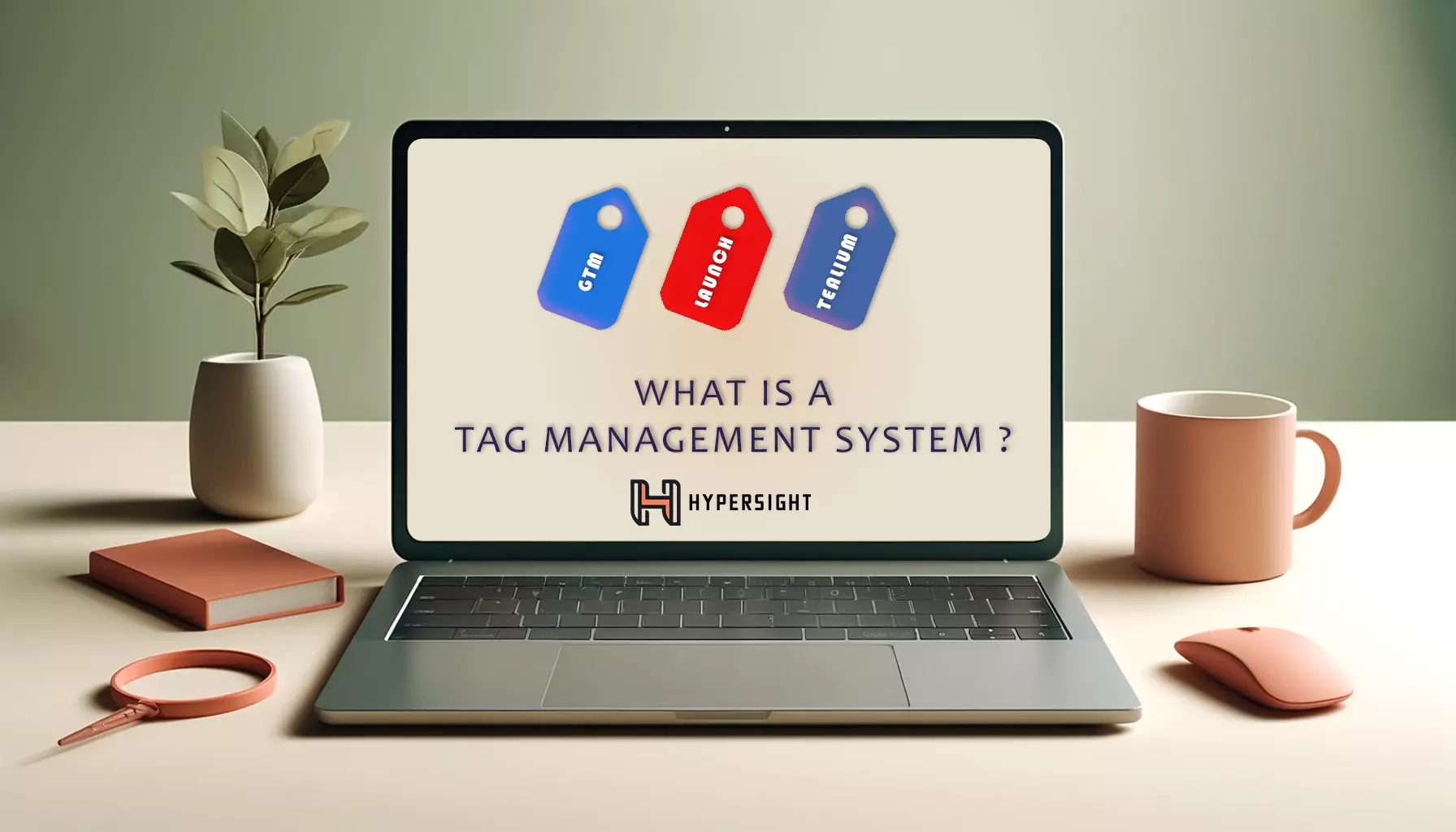Posted At: Oct 12, 2024 - 905 Views

Tag Management Systems (TMS) have become a crucial tool for businesses seeking to streamline their data collection and marketing efforts. These systems offer a sophisticated solution to the complex challenge of managing multiple tracking tags across websites and applications. This post explores the technical aspects of TMS and how they're revolutionizing web analytics.
The Technical Foundation of TMS
At its core, a tag management system is built around a single container tag - a piece of JavaScript code that serves as a centralized hub for all other tags on a website. This container tag is typically placed in the `<head>` section of a webpage and loads asynchronously to minimize impact on page load times.
Here's a simplified example of what a container tag might look like, using Google Tag Manager as an example:
<script>
(function(w,d,s,l,i){w[l]=w[l]||[];w[l].push({'gtm.start':
new Date().getTime(),event:'gtm.js'});var f=d.getElementsByTagName(s)[0],
j=d.createElement(s),dl=l!='dataLayer'?'&l='+l:'';j.async=true;j.src=
'https://www.googletagmanager.com/gtm.js?id='+i+dl;f.parentNode.insertBefore(j,f);
})(window,document,'script','dataLayer','GTM-XXXX');
</script>This Google Tag Manager container tag initializes the TMS and sets up the necessary infrastructure for managing your tags. Other tag management systems will have their own specific implementation code, but the general concept remains the same.
Tag Firing Rules and Triggers
TMS platforms use a system of rules and triggers to determine when and how tags should fire. These rules can be based on various conditions, such as:
- Page URL patterns
- Custom events
- Cookie values
- User interactions (clicks, form submissions, etc.)
For example, you might set up a rule to fire a conversion tracking tag only when a user reaches a "Thank You" page with a URL matching the pattern `/thank-you/*`.
Performance Optimization Through TMS
One of the key technical advantages of using a TMS is the ability to optimize tag loading for better site performance. TMS platforms typically offer features like:
1. Asynchronous Loading: Tags can be loaded independently of the main page content, reducing the impact on page load times.
2. Tag Prioritization: Critical tags can be set to load first, ensuring that essential tracking is in place even if other tags fail to load.
3. Conditional Loading: Tags can be set to load only when certain conditions are met, reducing unnecessary network requests.
4. Tag Pausing and Blacklisting: Problematic tags can be quickly paused or blacklisted without needing to modify the website's code.
Privacy and Consent Management
With the increasing importance of data privacy regulations like GDPR and CCPA, modern TMS platforms have incorporated features to help with compliance:
- Consent Management Platforms (CMP) integration
- Automatic tag blocking based on user consent
- Data anonymization options
- Easy implementation of opt-out mechanisms
Top 6 Tag Management Systems: Features, Pricing, and Market Position
Here's a compact overview of the leading tag management systems, their key features, pricing, and market position:
1. Google Tag Manager (GTM)
- Key Features: Google ecosystem integration, debugging tools, custom HTML tags
- Pricing: Free
- Market Position: Market leader, widely used across all business sizes
2. Adobe Experience Platform Launch
- Key Features: Adobe integration, modular architecture, advanced rule builder
- Pricing: Custom, part of Adobe Experience Cloud
- Market Position: Strong in enterprise market, especially Adobe customers
3. Tealium iQ
- Key Features: Machine learning tag sequencing, server-side management, real-time monitoring
- Pricing: Enterprise-level, typically five figures annually
- Market Position: Popular in large enterprises, retail, and finance sectors
4. Commanders Act
- Key Features: Visual flow interface, advanced consent management, hybrid tag management
- Pricing: Custom, targets mid to large enterprises
- Market Position: Strong in Europe, growing in North America
5. Piwik PRO Tag Manager
- Key Features: On-premises option, privacy-focused, intuitive interface
- Pricing: Based on data volume and features, cloud and on-premises options
- Market Position: Growing rapidly, favored for strict data privacy needs
6. Ensighten Manage
- Key Features: Enterprise-grade security, server-side capabilities, advanced data governance
- Pricing: Enterprise-level, typically five to six figures annually
- Market Position: Established in enterprise market, strong in high-security sectors
When choosing a TMS, consider integration capabilities, ease of use, scalability, security features, privacy compliance support, pricing, and market presence. Note that market shares in the TMS space are dynamic and can shift with new feature releases and evolving privacy regulations.
Conclusion
Tag management systems have become an indispensable tool in the modern web analytics stack. By providing a centralized, efficient, and flexible way to manage tags, these systems allow businesses to collect and utilize data more effectively while maintaining site performance and adhering to privacy regulations.
As web technologies continue to advance, we can expect TMS platforms to adapt and incorporate new features, further cementing their role as the backbone of digital analytics and marketing technology infrastructure.
